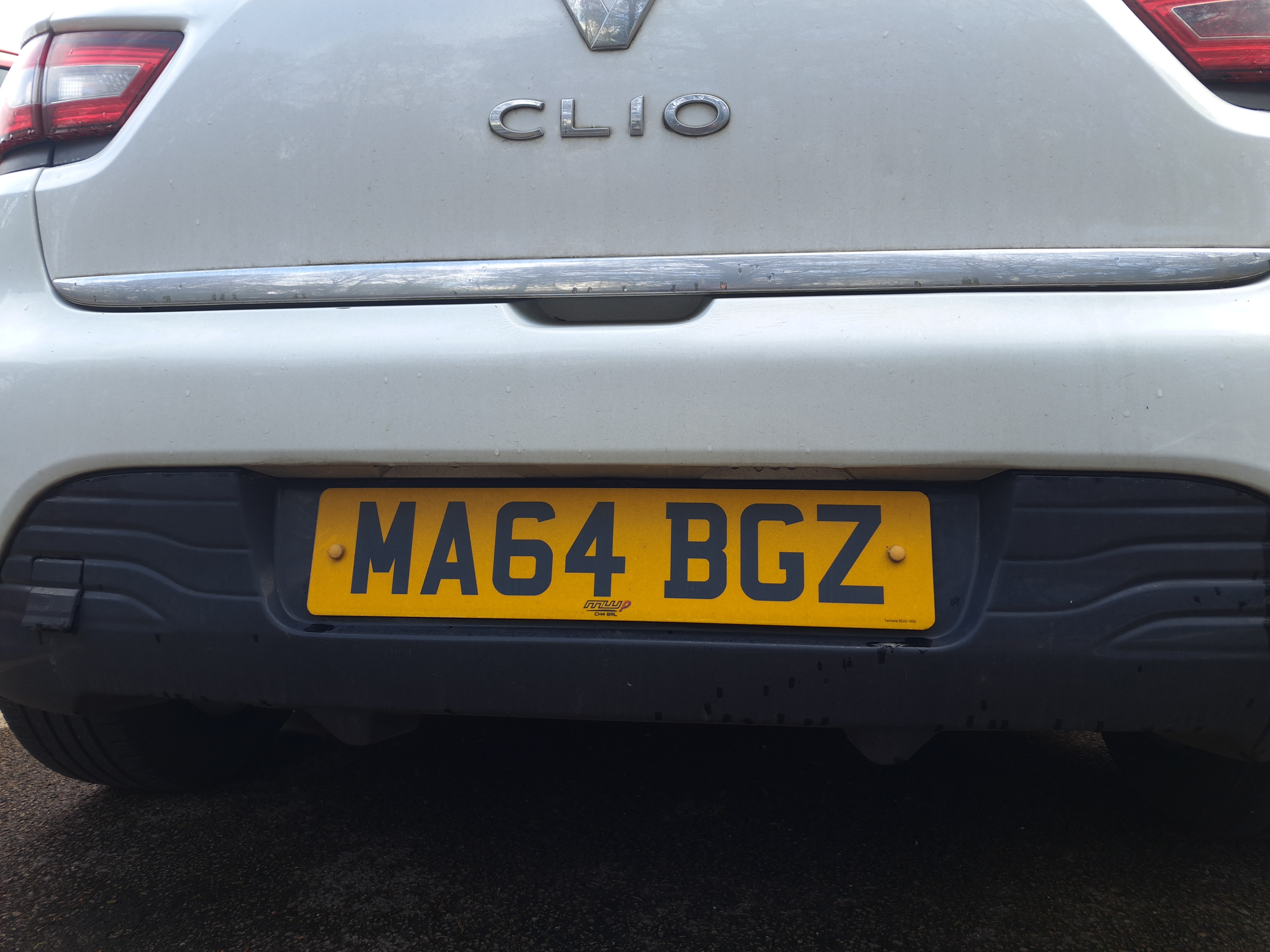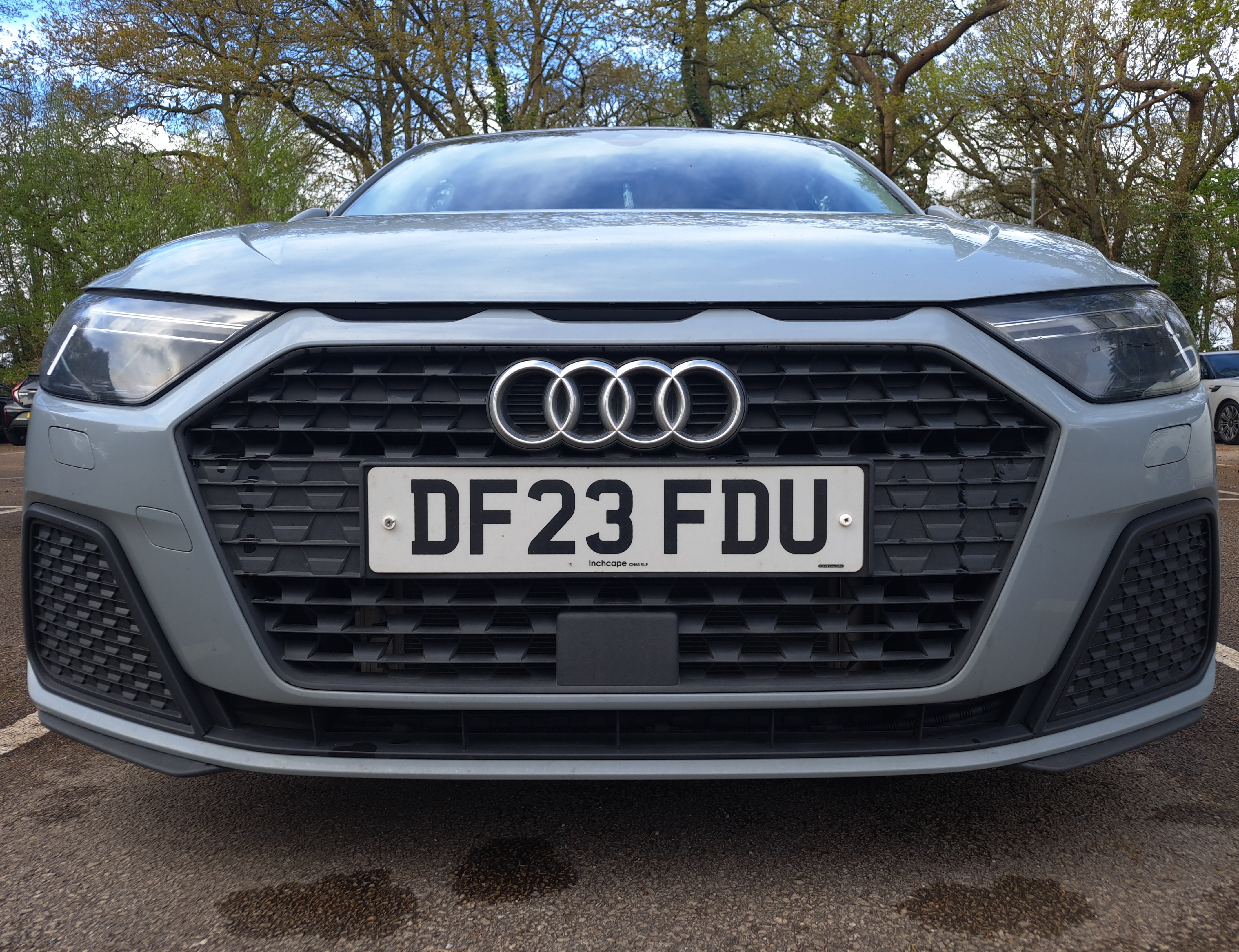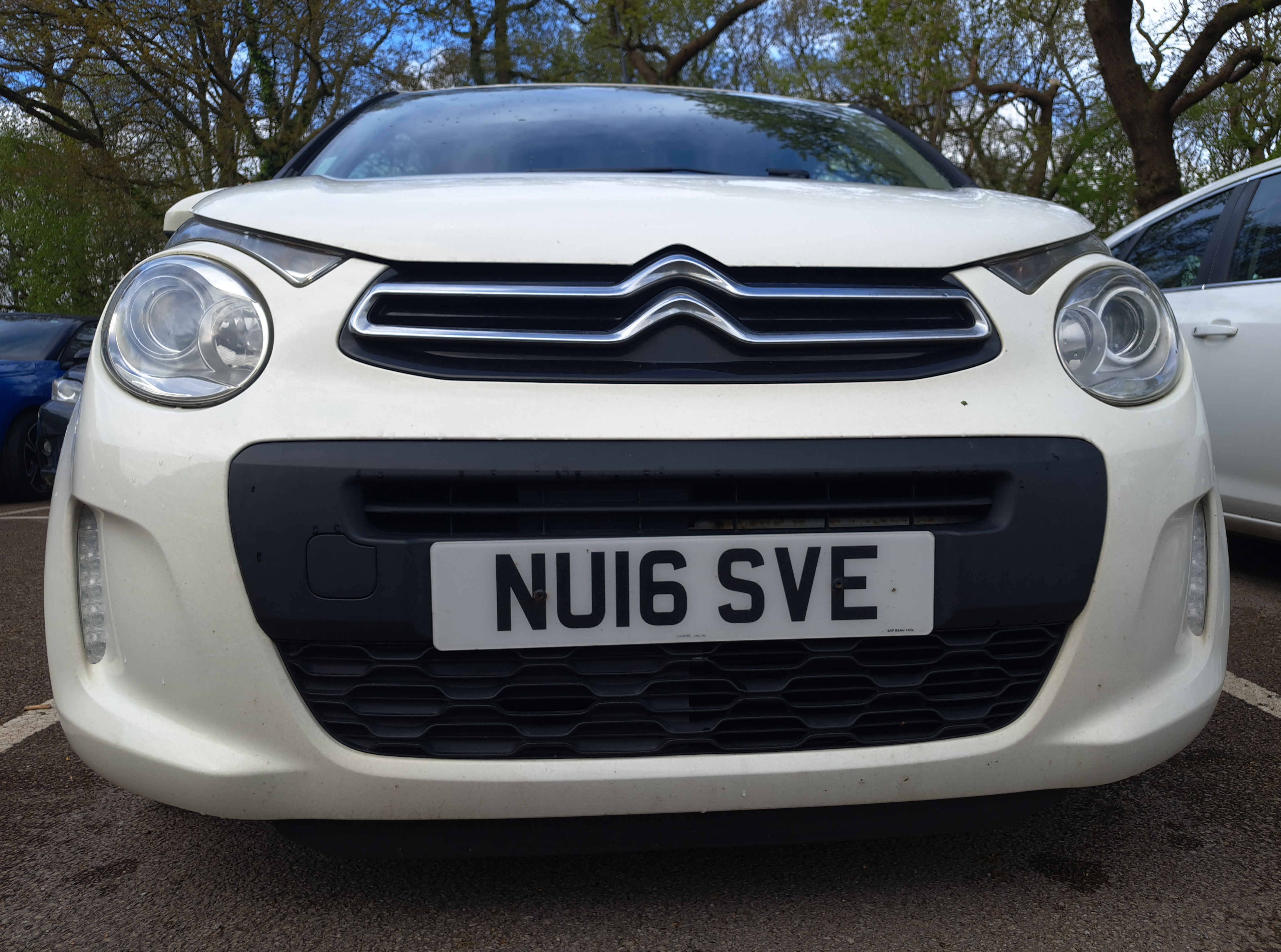For motor enthusiasts, the choice of number plate font is not merely a matter of aesthetic appeal; such a matter is tightly bound by legal frameworks designed to ensure uniformity and readability on the roads.
The significance of adhering to regulated number plate fonts extends beyond personal taste.
It strikes a crucial balance between individual expression and the overarching requirements set forth for public safety and law enforcement efficiency.
This article digs into the intricate regulations governing the use of number plate fonts, highlighting the importance of standardised fonts.
By exploring the legal boundaries of number plate design, readers will gain insight into how to stylishly personalise their vehicles while staying within the confines of the law.
Charles Wright

The Charles Wright font, a cornerstone among legal number plate fonts in the UK, boasts a rich history that traces back to its introduction in 1935.
This font was specifically designed to enhance legibility and uniformity across vehicle identification numbers, making it a pivotal element in the realm of automotive compliance.
Its distinctive characteristics, such as clear spacing and robust lettering, ensure that number plates are easily readable from a distance, thereby aligning with safety and enforcement standards.
Over the years, the Charles Wright font has undergone several updates to accommodate new regulations and technological advancements, cementing its status as the number plate legal font of choice.
These modifications have ensured that it remains relevant and continues to meet the evolving criteria set forth by UK law, demonstrating its adaptability and enduring significance within the legal number plate fonts landscape.
Prescribed Font
Other common questions involve the legal requirements for number plate fonts stipulating a specific size, spacing, and permitted characters to ensure that plates are uniformly visible and easily readable.
The mandated font size and character spacing are designed to optimise visibility for both human eyes and automatic number plate recognition (ANPR) systems, crucial for traffic management and law enforcement.
Permitted characters must conform to a standardised format, excluding any embellishments that could hinder legibility.
Non-compliance with these prescribed font guidelines carries significant consequences, including the risk of incurring fines and the potential for a vehicle to fail its MOT test.
These regulations underscore the importance of adhering to the established standards to ensure road safety and legal compliance.
Mandatory

The imposition of a standardised font for all number plates is a measure deeply rooted in concerns for public safety and national security.
This uniformity is vital in preventing fraud and ensuring that vehicles are easily identifiable in a variety of situations, from traffic enforcement to the investigation of criminal activities.
The mandatory font aids in thwarting attempts to alter or clone number plates, a common tactic in various forms of vehicular-related fraud.
Enforcement of these regulations falls to vehicle registration authorities, who play a critical role in ensuring compliance.
Through rigorous checks during vehicle registration and MOT tests, these authorities uphold the integrity of the system, ensuring that all number plates meet the stringent requirements set forth to protect citizens and maintain public order.
Does the Government Prefer a Number Plate Font?
The UK government firmly advocates for the use of a standardised font on number plates, underscoring a preference for clarity, legibility, and uniformity.
This preference is not arbitrary but is meticulously aligned with broader objectives of enhancing road safety, facilitating efficient law enforcement, and ensuring reliable vehicle identification.
The standardised font is designed to prevent misinterpretation and confusion, crucial for the effectiveness of ANPR systems used in traffic management and security operations.
By endorsing specific styles and characteristics in number plate fonts, the government aims to create a cohesive system that supports the identification of vehicles swiftly and accurately.
Why is there a Specific Number Plate Font?

The establishment of a specific number plate font in the UK was driven by a blend of historical, safety, and technological considerations.
Historically, a uniform font ensured consistency across the nation, simplifying vehicle identification.
From a safety perspective, a standardised font enhances legibility at speed and from a distance, crucial for road safety and emergency response.
Technologically, the chosen font aligns with the capabilities of ANPR systems, facilitating accurate and efficient vehicle tracking, crucial in combating vehicle-related crimes.
Furthermore, this font has evolved to accommodate advances in technology and changes in vehicle designs and materials, ensuring its continued relevance in a rapidly advancing automotive landscape.
This careful consideration supports legal and regulatory objectives, ensuring the font remains effective in enhancing road safety, aiding law enforcement, and adapting to future technological innovations.
For motor enthusiasts and vehicle owners alike, staying informed about these regulations is key. Your compliance contributes to a safer and more secure driving environment for everyone.
Should you require further information or have any queries about the design of your plate, whether they are existing or upcoming new plates to attach to a vehicle, please contact us at Demon Plates.
